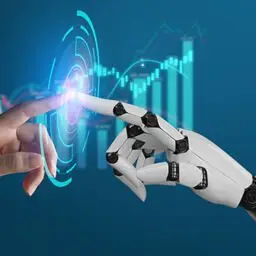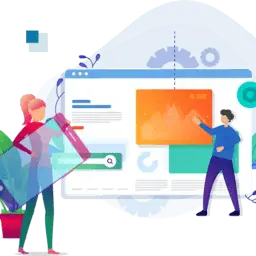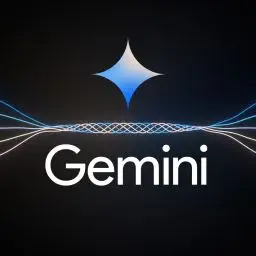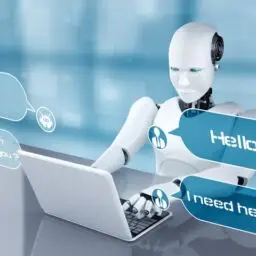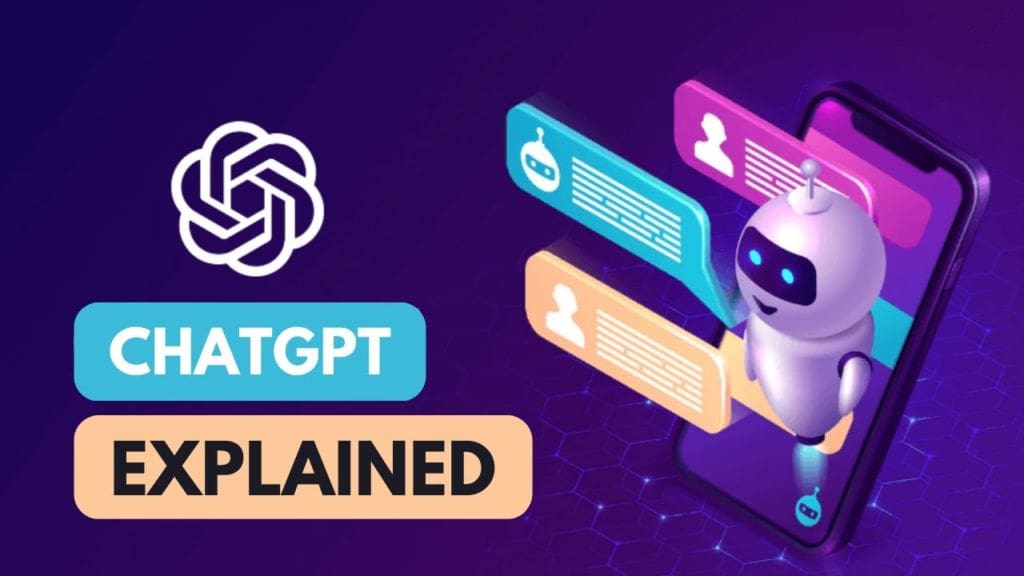
What is ChatGPT?
The word 'Chat' is what it is: Chat ! The GPT is an acronym for Generative Pre-trained Transformer which is an artificial intelligence model that was developed by OpenAI, a research organization focused on AI (Artificial Intelligence) and machine learning.
In November 2022, the power of ChatGPT was unleashed! And this AI is now changing the game and sending waves across almost every sector and industry that depend on technologies. ChatGPT is an AI model developed by OpenAI which interacts in a conversational way. This new tool is a type of AI model that is trained to generate texts based on queries or questions. It can be also used for tasks such as language translation, language summarization, and text generation. GPT models are trained on large data sets of text and they use this training to generate new texts that are similar in style and content to the input texts. They are called generative models because they can generate new texts and they are called pre-trained because they are trained on a large dataset before they are fine-tuned for a specific task. Now, there are several versions of GPTs and it competitors like Anthropic’s Claude, and Google’s Bard that are taking the web world by storm. These tools are being upgraded periodically for new versions.
Chat GPTs are the large language model Chatbot developed by OpenAI. They have remarkable abilities to interact in conversational dialogue and provide responses that can be surprising just like humans. Large language models perform the task of predicting the next word in a series of word reinforcement learning and human feedback. RLHF (Illustrating Reinforcement Learning from Human Feedback) is an additional layer of training that uses human feedback to help Chat GPT learn the ability to follow directions and generate responses that are satisfactory to humans.
A bit of the past, OpenAI was founded in 2015 by Sam Altzman, Elon Musk, and others with the goal of advancing and promoting friendly AI that benefits humanity. The organization conducts research in a variety of areas including natural language processing, machine learning, and robotics. The first version of GPT was released in 2018. It was trained on a dataset of 8 million web pages and was able to generate human-like text in a variety of languages. GPT was followed by GPT-2, which was released in 2019 and was trained on a dataset of billions of web pages.
GPT-2 was therefore significantly more powerful than its predecessor and was able to generate text that was more coherent and natural sounding. GPT-3 was released in 2020 and was trained on an even larger data set of web pages. GPT and other AI models developed by OpenAI have a significant impact on the field of artificial intelligence and have been widely used and cited in the research and coding communities. OpenAI also has a number of tools and resources such as the GPT-3 and GPT-4 (out in 2023) APIs to enable developers and researchers to use its AI models for a variety of applications. In comparison to pre-existing Lambda scale AI, this is a really good response generated from ChatGPT.
Lambda is a programming language that has been around for a while. It has expressions called Lambda functions which are essentially blocks of code that can be assigned to variables, passed as an argument, or returned from a function call, in languages that support high-order functions. Lambda had responses reading almost like a Q and A platform compared to the latter, which is friendly and in real terms, conversational. This can be correlated to the fact that Lambda is trained on dialogues whereas chat GPT is said to be highly trained on web texts. Further, OpenAI’s conversational AI is also described by many to be producing shallow content, almost as if prepared from Wikipedia. However, AI also has been receiving much flak for various things, including providing incorrect information, fake quotes, and nonexisting references.
While I don’t necessarily agree with certain claims compared to Wikipedia, I’d say the model can be very repetitive, sometimes producing the same basic definition more than one time. But at the same time, it produces a more organized reply which is given in several steps or points. It responds to follow-up questions and even designs code for me. I started with a simple Java program to display all the even numbers, it automatically defined a limit from zero to 10. Impressively, it can write a coding program., and even better, it explains how the code works. Also, I went for an input-based program, it was again handled beautifully.
I tried to virtually enter an input. Chat GPT replied with the output and even described the reason for such an output. Next, I went for something more complex, a GUI calculator in Java. And then I asked it to show me an image, which obviously it’s a text generator, so it showed me the image. But Lambda, on the other hand, carries an edge in this context because of the various metrics it produces in its responses.
For example, the grounded metric verifies the responses based on an authoritative external source. Similarly, the quality metric measures the responses based on dimensions. That is, it ensures that the responses make sense in the context that is asked or are nongeneric, and are also insightful, unexpected, or witty. DALL.E is another example of a model (integrated into ChatGPT) that was trained to generate images from text descriptions. It was introduced in 2021 and has been used to generate a wide range of images, including photorealistic images and stylized illustrations. Chat GPT can’t produce images, it can only generate texts, obviously because it is a text generator. Although both DALL.E and GPT are produced or developed by OpenAI and are related to AI and machine learning, they are different technologies that are used for different purposes.
Now, what is the future of GPT?
The future of GPT and other AI models in the field of natural language processing is likely to be driven by advances in machine learning and the increased availability of large data sets. As AI models become more sophisticated and accurate, they are likely to be used for a wider range of applications, including text generation, machine learning, and language understanding. GPT and other AI models may also improve the performance of chatbots and virtual assistants, making them more intelligent and human-like. In the future, chatbots and virtual assistants powered by AI may also be able to understand and respond to more complex queries and conversations, and may also learn from user interactions to provide personalized experiences. Overall, the future of GPT and other AI models in Chat and in Natural Language Processing looks bright with many exciting possibilities and opportunities on the horizon!
What about AI-Generated Content for Google & other Search Engines?
If AI, like ChatGPT, is used in a creative and responsible way, search engines will reward high-quality, original content – no matter how it’s produced. But I highly recommend using your brain input as well for a better and rich content output if you really want to stand out, and avoid all-AI written detection.
Google’s guidelines about AI-generated content state: “Using automation—including AI—to generate content with the primary purpose of manipulating ranking in search results is a violation of our spam policies. ….. Our focus on the quality of content, rather than how content is produced, is a useful guide that has helped us deliver reliable, high-quality results to users for years. For example, about 10 years ago, there were understandable concerns about a rise in mass-produced yet human-generated content. No one would have thought it reasonable for us to declare a ban on all human-generated content in response. Instead, it made more sense to improve our systems to reward quality content. ”
Basically, Google acknowledges that automation has long been used to generate helpful content, and that AI has the potential to drive new levels of creativity and expression.
So, you shouldn’t be afraid to use AI-powered tools, as long as you use them to create high-quality, helpful content. Most importantly your content should meet standards if it demonstrates your Experience, Expertise, Authoritativeness, and Trustworthiness – it’s the key to Google’s and other search engine heart heart
Bonus... AIGRID video preview of ChatGPT4
& more! Complete ChatGPT Tutorial.. Become A Power User in 30 Minutes!...
video courtesy of santrel media



